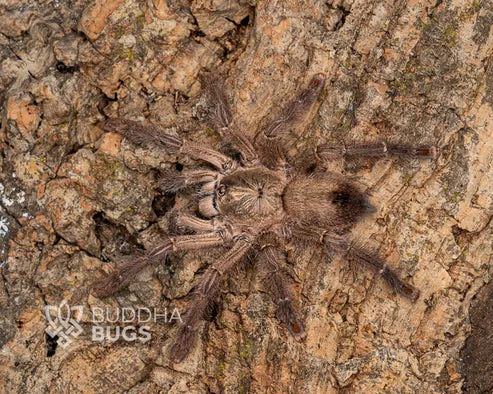5 Amazing Facts About the Pygmy Tarantula
The Pygmy Tarantula, scientifically known as Cyrtopholis portoricensis, is a fascinating creature that captures the hearts of many arachnid enthusiasts. These spiders, native to Puerto Rico, possess a unique blend of characteristics that set them apart from other tarantula species. From their diminutive size to their intriguing behaviors, Pygmy Tarantulas offer a captivating glimpse into the world of exotic pets. This article will delve into five amazing facts, providing insight into their world and what makes them so special.
Their Tiny Size
One of the most striking features of the Pygmy Tarantula is its size. Unlike their larger cousins, these tarantulas are relatively small, with adult females typically reaching a leg span of only about 3 to 4 inches. Males are often even smaller. This compact size makes them ideal for hobbyists with limited space. Their size also influences their care requirements, particularly regarding enclosure size and feeding portions. Despite their small stature, Pygmy Tarantulas exhibit all the typical tarantula behaviors, making them a miniature marvel.
Habitat and Native Region
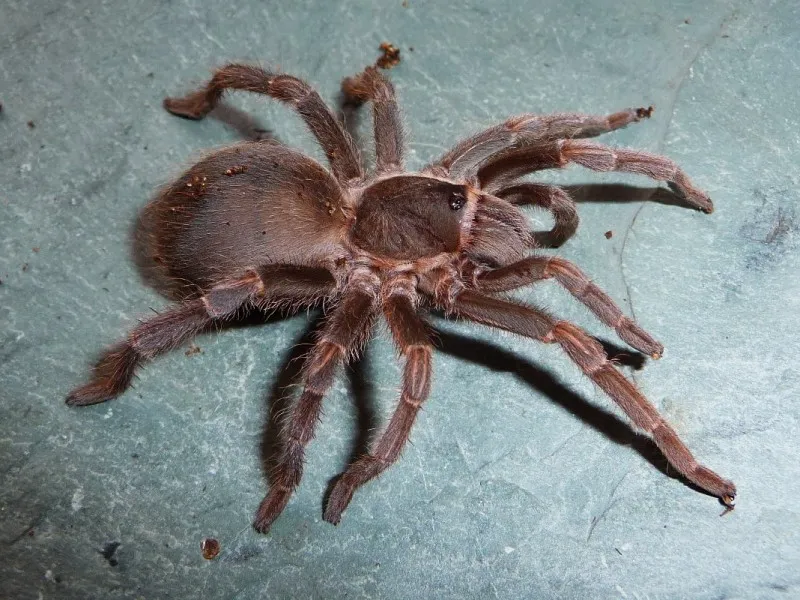
As the name suggests, the Pygmy Tarantula is native to Puerto Rico. In their natural habitat, these spiders can be found in a variety of environments, including forests, grasslands, and even suburban areas. They are terrestrial spiders, meaning they live primarily on the ground. They create burrows or utilize existing shelters, such as under rocks or in leaf litter. Understanding their natural habitat is crucial for providing proper care in captivity, allowing you to replicate their preferred conditions for optimal health and well-being. Native habitat dictates important factors such as humidity and temperature.
Lifespan and Development
Pygmy Tarantulas, like other tarantulas, have a fascinating life cycle that involves molting. This process is essential for growth, as they shed their exoskeletons to reveal a new, larger one. The lifespan of a Pygmy Tarantula varies depending on the sex, with females generally living longer than males. Females can live for up to 10 years or more, while males typically live for a few years after reaching maturity. The molting process is also a vulnerable time, requiring careful handling and appropriate environmental conditions to ensure a successful molt.
Unique Behaviors and Traits
Pygmy Tarantulas exhibit a range of interesting behaviors. They are generally considered to be a less defensive species compared to some other tarantulas. They are often more inclined to flee or hide rather than display defensive postures. Their feeding habits are also interesting, with some individuals being more selective about their prey. They are opportunistic hunters and will feed on a variety of insects, including crickets, mealworms, and roaches. Observing these behaviors can be a rewarding experience for any tarantula keeper.
Conservation Status and Threats
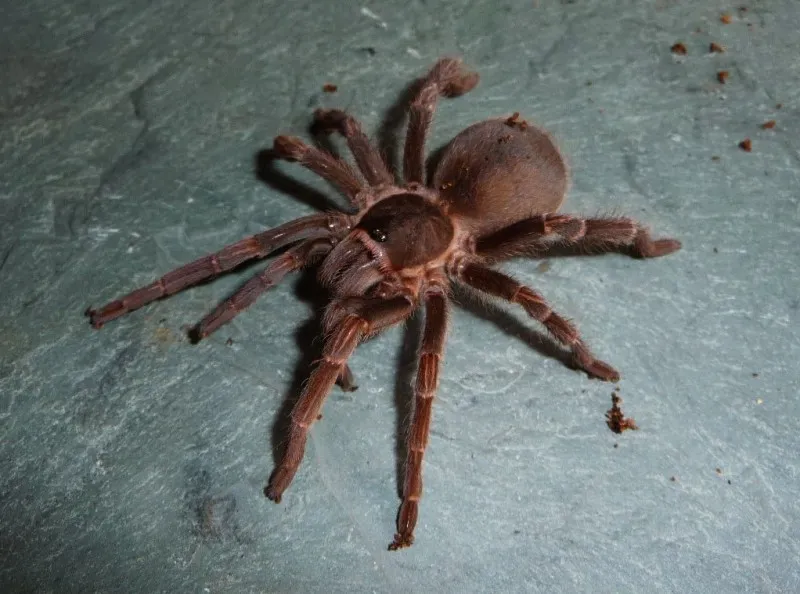
Understanding the conservation status of any species is vital. While the exact conservation status of the Pygmy Tarantula may vary, they, like many other species, face threats in their natural habitat. Habitat loss due to deforestation and urbanization is a significant concern. Additionally, the pet trade can pose a risk if collection practices are unsustainable. Supporting responsible breeders and conservation efforts is crucial to ensure the long-term survival of these captivating creatures. Awareness and conservation actions are important for the survival of the species.
Caring for a Pygmy Tarantula
Caring for a Pygmy Tarantula involves providing a suitable environment that meets its specific needs. Understanding their habitat, diet, and behavior is fundamental to their well-being. Creating an environment that mimics their natural environment will contribute to the spider’s health. By providing the right conditions, you can enjoy the unique presence of these fascinating creatures for years to come.
Creating the Ideal Habitat
The enclosure should be appropriately sized for the spider’s size, with a secure lid to prevent escape. A good rule of thumb is an enclosure that is at least twice the tarantula’s leg span in length and width. Ventilation is essential for maintaining air quality, and the enclosure should be escape-proof. The enclosure should also provide adequate space for burrowing or hiding. Decorate the enclosure with a variety of naturalistic elements such as cork bark, fake plants, and other items that provide a comfortable and stimulating environment.
Substrate Selection
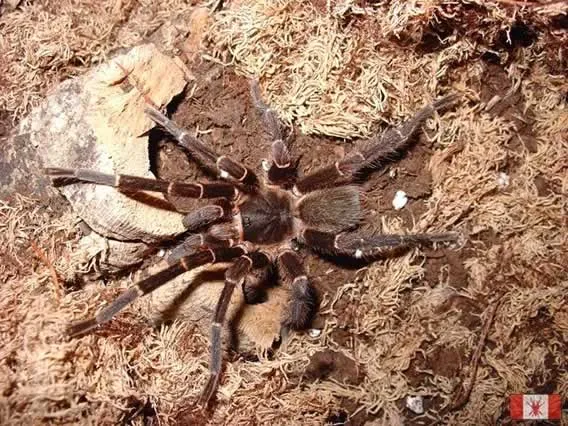
The substrate is the bedding material used in the enclosure. It serves several purposes, including providing a surface for the tarantula to walk on, absorbing waste, and maintaining humidity. Suitable substrates for Pygmy Tarantulas include a mix of coco fiber, peat moss, and a small amount of vermiculite. These materials retain moisture well, which helps maintain the humidity levels required. Avoid substrates that are dusty or contain chemicals. The substrate should be deep enough to allow the tarantula to burrow, about 2-4 inches deep.
Temperature and Humidity
Pygmy Tarantulas thrive in a warm and humid environment. The ideal temperature range is between 75-85°F (24-29°C). A heat source, such as a heat mat placed on the side of the enclosure, can be used to maintain the appropriate temperature. Humidity levels should be maintained between 70-80%. This can be achieved by misting the enclosure with water a few times a week or by providing a water dish. A hygrometer is a useful tool for monitoring humidity levels. Consistent environmental factors are important.
Feeding and Diet
Pygmy Tarantulas are carnivores and require a diet of live insects. Crickets, mealworms, and roaches are suitable options. The size of the prey should be appropriate for the size of the tarantula; avoid feeding prey that is larger than the spider’s body. Feed juveniles 2-3 times per week, while adults can be fed once or twice per week. Remove any uneaten prey within 24 hours to prevent stress and potential harm to the tarantula. Ensure the insects you feed are gut-loaded with nutritious food before offering them to your spider to give it the best nutrients.
Handling and Safety
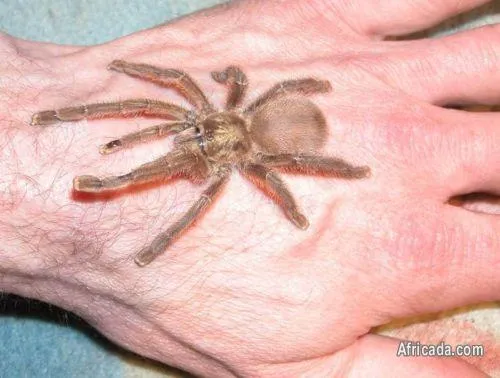
While Pygmy Tarantulas are generally considered to be a docile species, it’s important to handle them with caution. Tarantulas can bite if they feel threatened, and although their venom is not usually dangerous to humans, it can be painful. Avoid handling your tarantula unless necessary, such as for enclosure maintenance. If you must handle it, do so gently and close to the ground to prevent accidental falls. Always wash your hands before and after handling your tarantula. It’s best to observe your tarantula rather than constantly handling it.
Health and Common Issues
Pygmy Tarantulas, like all living creatures, can experience health issues. Common problems include dehydration, parasites, and issues with molting. Dehydration can be prevented by providing a water dish and maintaining appropriate humidity levels. Parasites can be introduced through live prey; therefore, it is important to source prey from a reliable supplier and ensure they are healthy. Problems with molting can occur if the humidity or temperature is incorrect. If you notice any unusual behavior or signs of illness, such as lethargy or loss of appetite, consult with a veterinarian experienced in exotic animals.
In conclusion, the Pygmy Tarantula is a fascinating and rewarding pet for those who are prepared to provide the proper care. By understanding their unique characteristics, habitat requirements, and potential health issues, you can ensure the health and longevity of your spider. These small but captivating creatures offer a window into the intricate world of arachnids and can bring a unique joy to any enthusiast.
